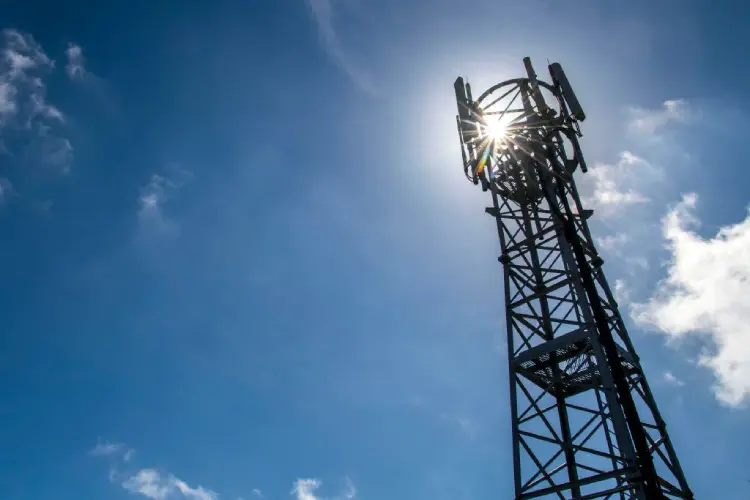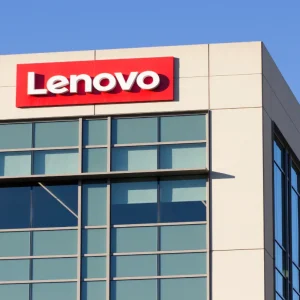
This year, 5G connections are expected to hit the milestone of 1 billion connections across the world since the commercial deployment of the fifth generation mobile network began in 2019. Now, researchers are turning their attention to the sixth generation of mobile networking, otherwise known as 6G.
Interest in shaping the form and function of the network is predictably strong among the world’s foremost telecoms companies. Research projects have already been announced by Ericsson, Huawei and Nokia, with the latter company stating its intention to make 6G networks commercially available by 2030.

Nation-states are also getting in on the act. Germany has allocated up to €700m for 6G research by 2025, while the US and Japan have jointly invested some $4.5bn in R&D, testing and deployment of secure networks for the next generation of communications.
This is despite the fact that a mobile connectivity gap continues to persist across the globe. According to the GSMA’s Mobile Economy 2022 report, 47% of the world’s population does not use mobile broadband. With nearly half of the world’s population still not using mobile broadband, are we ready for 6G networks?
What is 6G internet?
As the next generation of mobile networks, 6G is set to be faster and have greater coverage than 5G.
According to a whitepaper released in May 2022 by Samsung Research, 6G will require mobile communication spectrums with “ultra-wideband contiguous bandwidth”. This means that it will use very low amounts of energy for short-range, high-bandwidth communication.
“We have started on our journey long ago to understand, develop and standardise the 6G communications technology,” said Sunghyun Choi, executive vice president and head of the Advanced Communications Research Center at Samsung Research.
The tech giant says that 6G will use spectrum from low-, mid-, and high-bands, potentially “re-farming existing bands used for 3G, 4G and 5G network”.
Not everything about 6G has already been worked out, says Disruptive Analysis’ Dean Bubley. In fact, says the analyst, the first designs for the network are still being worked on.
While 6G will have to be similar in a broad sense to today’s networks, if only to maintain backward compatibility, it “may have more use of satellite connections for remote areas, plus more smaller cells,” Bubley explains. “There will also be various specialised options, such as portable cells in vehicles or on drones, although they will not be commonplace. The later versions of 6G (perhaps in the mid-2030s) might start to use ‘smart surfaces’ as repeaters and extenders.”
How fast will 6G be?
Samsung has confirmed its position that 6G could use the sub-THz spectrum band, allowing for data rates up to 1 Terabits per second (Tbps). This is 50 times faster than the 20 Gbps for the 5G networks today.
Not everyone is as sure. Bubley argues that 6G speeds are “still up for discussion” and that the mobile industry might take on a new way of thinking.
“The ‘old world’ mobile industry is keen to push for many gigabits per second and other extreme performance requirements,” he says, adding that this is not how other players in the mobile communications field feel. He explains that other members of the mobile industry believe that their focus should be on “capacity density”, which is using more spectrum in higher dense mobile user population.
This would be more for busy areas, which would have lots of users (like cities).
What will 6G mobile networks be used for?
Companies such as Nokia Labs, Ericsson and Huawei believe that 6G mobile networks will wholly redefine our interactions with online services. In time, the next generation of mobile networking technology “will serve as a distributed neural network that provides communication links to fuse the physical, cyber, and biological worlds, truly ushering in an era in which everything will be sensed, connected, and intelligent”, says Huawei. Gradually, 6G will underpin many aspects of daily life, which the company says will be “augmented by ultra-high speech and ultra-reliable wireless connections, native AI and advanced sensing technologies".
This vision also extends to the integration of sensing technology with communication into a single system, using radio waves to ‘see’ the physical world and construct digital twins in the cyber world. Specific use cases could include “localisation for device-based or even device-free targets”, imaging, environment reconstruction and monitoring, gesture and activity recognition.
Nokia Labs shares this view, explaining that while we’ve seen applications of digital twin technology using 5G already, 6G will take it to new places. It says that it is likely to operate at a “much larger scale” and will be found in wide area networks of cities and even digital twins of humans.
What does this mean for consumers? “By 2030 there will likely also be more connected vehicles (and perhaps autonomous vehicles), as well as various types of ‘metaverse’ experience, although they will mostly be used indoors,” explains Bubley.
Is the world ready for 6G networks?
Mobile network operators across the world are investing heavily in 6G. According to GSMA Intelligence, around 10% of operators across the world are running 6G research and development programmes, while a similar number of firms have discussed the next-gen network technology with vendors.
But while operators steam ahead with developing 6G network technology, the usage gap for mobile networks in general remains at almost half of the global population.
“Operators’ investments in network infrastructure over the past decade have helped to shrink the coverage gap for mobile broadband networks from a third of the global population to just 6%,” says the report. “But although the industry continues to invest in innovative solutions and partnerships to extend connectivity to still underserved and far-flung communities, the adoption of mobile internet services has not kept pace with the expansion of network coverage.
“This has resulted in a significant usage gap; in 2021, the usage gap stood at 3.2 billion people, or 41% of the global population.”
Further, there are areas such as sub-Saharan Africa where 4G adoption is still below a fifth of total connections. Operators are stepping up efforts to migrate existing 2G and 3G customers to 4G networks, says GSMA Intelligence, but it’s clear that these areas are not ready for 5G or even 6G networks.
However, there are grounds for optimism. By 2025, it is predicted by the GSMA that 95% of the global population will adopt mobile broadband, with 2 billion subscribers using 5G services. This means that more areas might be ready to migrate onto a 6G network.
Telecommunications firm NTT has announced a pilot of a 6G network in 2025, with the South Korean Government planning to launch its own 6G network in 2026. The EU has also launched its large-scale 6G research and innovation programme, while other nations such as the US and Japan have expressed and invested in their own 6G research initiatives.
The commitment is there from the private sector and from governments. But it’s still unclear whether demand will match supply.






